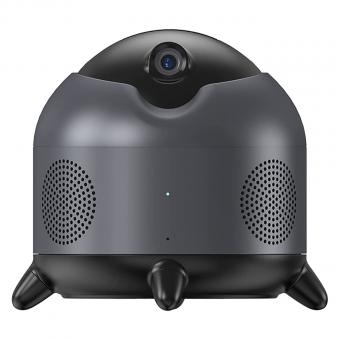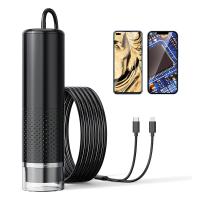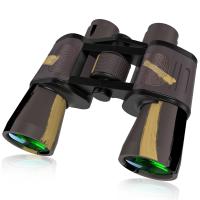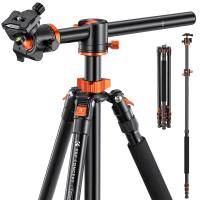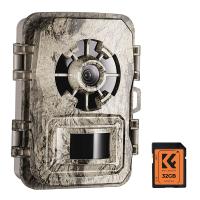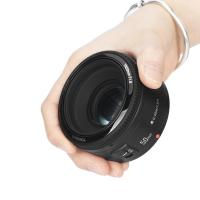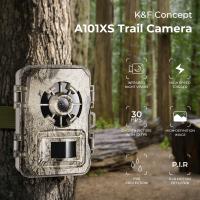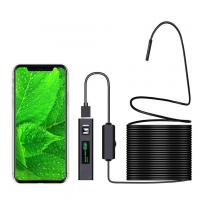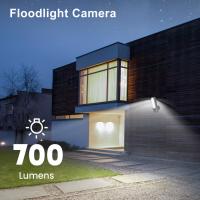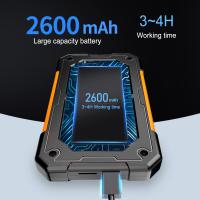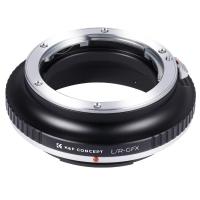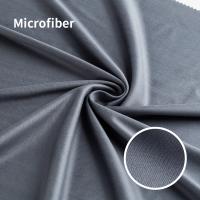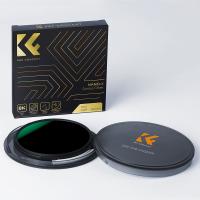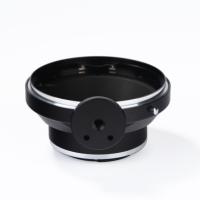What Is A Digital Camera Input Device ?
A digital camera input device is a type of hardware that allows users to capture and transfer digital images from a camera to a computer or other device. This input device typically connects to a computer via a USB cable or memory card reader, and allows users to transfer images from the camera's memory card to the computer's hard drive or other storage device. Some digital camera input devices may also include software that allows users to edit and manipulate their images, as well as share them online or print them out. Overall, digital camera input devices are essential tools for photographers and other users who need to transfer and manage digital images on their computers or other devices.
1、 Image sensor technology
What is a digital camera input device? The answer is image sensor technology. Image sensors are the heart of digital cameras, converting light into electrical signals that are then processed to create digital images. There are two main types of image sensors used in digital cameras: CCD (charge-coupled device) and CMOS (complementary metal-oxide-semiconductor).
CCD sensors were the first type of image sensor used in digital cameras and are still used in some high-end models. They offer high image quality and low noise, but are more expensive to produce and consume more power than CMOS sensors.
CMOS sensors are now the most common type of image sensor used in digital cameras. They are less expensive to produce and consume less power than CCD sensors, making them ideal for use in smaller, more portable cameras. They also offer faster readout speeds, which allows for faster continuous shooting and video recording.
In recent years, image sensor technology has continued to evolve, with manufacturers developing new techniques to improve image quality and reduce noise. Backside-illuminated (BSI) sensors, for example, move the wiring to the back of the sensor, allowing more light to reach the photodiodes and improving low-light performance. Stacked sensors, which place the processing circuitry on a separate layer above the photodiodes, allow for faster readout speeds and improved dynamic range.
Overall, image sensor technology is a crucial input device for digital cameras, and advancements in this technology continue to drive improvements in image quality and camera performance.
2、 Lens and aperture control
What is a digital camera input device? A digital camera input device is any component of a digital camera that allows the user to capture and store digital images. One of the most important input devices in a digital camera is the lens and aperture control. The lens is responsible for focusing light onto the camera's sensor, while the aperture controls the amount of light that enters the camera.
In recent years, there has been a shift towards mirrorless cameras, which use electronic viewfinders instead of traditional optical viewfinders. This has led to changes in the way that lenses and apertures are controlled. Many mirrorless cameras now feature electronic aperture control, which allows the user to adjust the aperture using the camera's menu system. This can be more convenient than using a physical aperture ring, especially when shooting video.
Another recent development in digital camera input devices is the use of touchscreens. Many modern cameras now feature touchscreens that allow the user to adjust settings and focus points with a simple tap or swipe. This can be especially useful for photographers who are used to using smartphones or tablets, as it provides a more intuitive interface.
Overall, the lens and aperture control remains one of the most important input devices in a digital camera. However, advances in technology have led to changes in the way that these components are controlled, with electronic aperture control and touchscreens becoming more common.
3、 Image stabilization
Image stabilization is a digital camera input device that helps to reduce the effects of camera shake when taking photos or recording videos. It is a technology that has been around for several years and has evolved significantly over time. The latest point of view on image stabilization is that it has become an essential feature in modern digital cameras, especially for those who enjoy taking photos or recording videos in challenging conditions.
There are two main types of image stabilization: optical and digital. Optical image stabilization uses a lens element that moves to counteract camera shake, while digital image stabilization uses software algorithms to reduce the effects of camera shake. Both types of image stabilization have their advantages and disadvantages, and the choice between them depends on the user's needs and preferences.
One of the significant benefits of image stabilization is that it allows photographers and videographers to capture sharp and clear images and videos even in low light conditions or when using long focal lengths. It also helps to reduce the risk of blurry images caused by camera shake, which can be frustrating for photographers and videographers.
In conclusion, image stabilization is a crucial input device in modern digital cameras that helps to improve the quality of photos and videos. It is a technology that has evolved significantly over time, and it is now an essential feature for anyone who enjoys photography or videography. Whether you are a professional photographer or a hobbyist, image stabilization can help you capture stunning images and videos with ease.
4、 Autofocus system
What is a digital camera input device? An autofocus system is one of the most important input devices in a digital camera. It is responsible for automatically adjusting the focus of the camera lens to ensure that the subject is sharp and clear. The autofocus system uses a combination of sensors and algorithms to detect the distance between the camera and the subject, and then adjusts the focus accordingly.
In recent years, there have been significant advancements in autofocus technology. One of the latest developments is the use of artificial intelligence (AI) to improve autofocus performance. AI-powered autofocus systems can analyze the scene and identify the subject, allowing for more accurate and faster autofocus.
Another trend in autofocus technology is the use of hybrid autofocus systems. These systems combine both phase detection and contrast detection autofocus methods to provide faster and more accurate autofocus in a wider range of shooting situations.
In addition to autofocus, digital cameras also have other input devices such as image sensors, image processors, and memory cards. The image sensor is responsible for capturing the image, while the image processor processes the image data and applies various settings such as white balance and exposure. Memory cards are used to store the images and videos captured by the camera.
Overall, the autofocus system is a crucial input device in a digital camera, and advancements in technology have led to significant improvements in autofocus performance.




